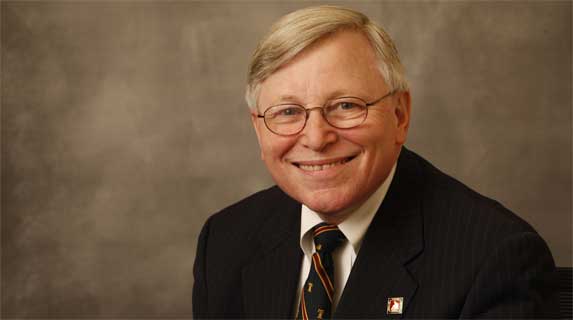The first Supreme Court justices were appointed in 1789. At that time, women had no power, more than 90% of African-Americans were slaves, there was great prejudice against Catholics and Jews, and Latinos/Hispanics were almost unheard of. Thus, it is not surprising that all justices from 1789 to 1836 were white, male, and protestant. In fact, 89 of the 111 justices (80%) have been white, male, and protestant. This means that 22 justices (20%) have not been white, male, and protestant. The current Supreme Court is the most diverse Court in history. Eight of the nine justices are not white, male, and protestant. Thus, 36% (eight out of 22) of all justices not white, male, and protestant sit on the Supreme Court today. President Obama will soon be appointing the 112th justice. I believe that the purported “short list” suggests that the 112th justice will not be white, male, and protestant. If that proves correct, when the Supreme Court starts its 2010 term, on the first Monday in October, for the first time in history, there will be no justice who is white, male, and protestant.
The move toward diversity on the Supreme Court has been slow, but steady. All justices were white, male, and protestant for the first 47 years of the Court. In 1836, Chief Justice Roger Taney (from Maryland) became the first of 13 Catholic justices. Six of the 13 Catholic justices (two-thirds of the Court) sit on the Court today (Chief Justice Roberts, Justice Scalia, Justice Kennedy, Justice Thomas, Justice Alito, and Justice Sotomayor).
In 1916 – 80 years after the first Catholic justice – Justice Louis Brandeis became the first of seven Jewish justices. Two of the seven Jewish Justices sit on the Court today (Justice Ginsburg and Justice Breyer).
In 1967, Justice Thurgood Marshall (from Maryland) became the first of two African-American justices. In 1930, Justice Marshall was denied admission to the University of Maryland School of Law because of his color. The only other African-American justice sits on the Court today (Justice Thomas).
In 1981, Justice Sandra Day O’Connor became the first of three female justices. Two of the three female justices sit on the Court today (Justice Ginsburg and Justice Sotomayor).
In 1989, Justice Sonya Sotomayor became the first Latino justice.
This diversity of the nation’s court of last resort is also reflected on Maryland’s court of last resort, i.e., the Court of Appeals of Maryland. That court includes three female judges, two African-American judges, and two Catholic judges.
In theory, it should not matter who is a judge. The federal and state constitutions, treaties, statutes and ordinances, administrative regulations, court rules, and case law are what they are, and they should be interpreted they same by any interpreter. First, that is unrealistic. The fact that they need interpretation proves that two reasonable minds could look at the language and interpret them differently. Second, since the Supreme Court decided Marbury v. Madison in 1803, this nation’s legal system has depended on the willingness of its people to follow the law. It is essential that the citizenry have faith and confidence in more than 15,000 judges. In my judgment, this confidence only comes when people believe that the courts represent them and their interests. Diversity on the courts go a long way to making that happen

Comments on this entry are closed.